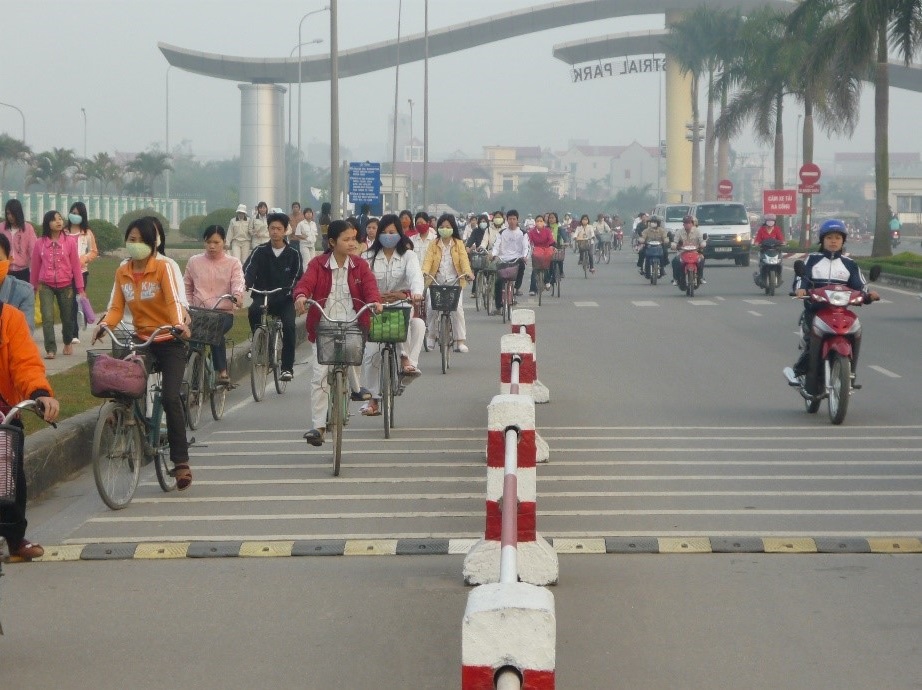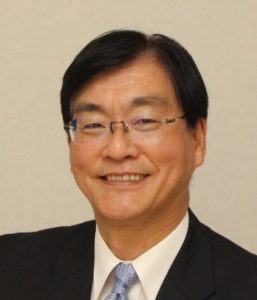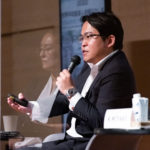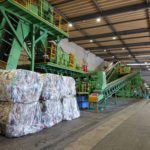Addressing climate change with a focus on decarbonization and recycling-based energy (Sumitomo Corporation)
At the Hiroshima Business Forum for Global Peace held in September 2021, businesspeople held discussions on the topic “How we can revitalize the world and build an even better global community in 2021—Conquering the pandemic and overcoming discrimination, disparities and national favoritism.” From among the participating companies, we spoke with OHNO Shigeki, General Manager of Sumitomo Corporation’s Corporate Sustainability Department, about the company’s initiatives.
As an initiative related to the session’s topic of “What businesses can do to combat climate change ,” we declared our intention to make the Sumitomo Group carbon neutral by 2050 and, through collaborative efforts and proposals with our business partners and public institutions, to help make society itself carbon neutral.
As a general trading company, we are currently undertaking a wide range of initiatives to this end. In particular, with respect to the power generation business, which has a significant impact on the environment, we have made it clear that we are accelerating our shift to a power generation portfolio (proportion of power generation methods) with a lower environmental impact. For coal-fired power generation, we plan to reduce CO2 emissions by more than 60% by 2035 (relative to 2019) and withdraw from all coal-fired power generation projects by the late 2040s. Furthermore, we will not acquire any new interests in general coal mines in the future and aim to achieve zero holdings in coal production by 2030.
In April 2021, we established the Energy Innovation Initiative (EII), an organization that brings together specialized intellectual property, personnel, and other management resources from within the company. Recognizing the establishment of a decarbonized, recycling-based energy system as a new business opportunity, it will create next-generation businesses that will contribute to achieving a carbon-neutral society. Amidst the changes in the business environment brought about by the pressing issue of climate change, we aim to realize new business by consolidating and coordinating various internal initiatives in a cross-sectional and integrated manner.
Specifically, the EII will lead the creation and expansion of the Sumitomo Corporation Group’s next-generation energy businesses by designating CO2 absorption, fixation, and utilization as its three priority areas. As well as carbon-free energy businesses such as hydrogen and ammonia, this will include new energy service businesses such as storage batteries and distributed power sources, and forestry projects that draw on extensive experience.

(Photo: New Zealand Forestry Project)
Achieving harmony with the public interest through public-private partnerships
The 2021 Hiroshima Appeal stressed the necessity of practicing “true meritocracy,” and we have also followed a philosophy that shares this principle.
One of the principles that conveys Sumitomo’s business ethos, which we at the Sumitomo Group companies have maintained over 400 years of history, is “benefit self and benefit others, private and public interests are one and the same.” The strong call for Sumitomo’s business “to benefit not only Sumitomo itself but also the nation and society at large” emphasizes harmony with the public interest and forms the basis for determining value in our corporate activities. We share this philosophy with our employees through various training opportunities and put it into practice in our operations, striving to ensure that our commitment to contributing to society is passed on to future generations.
In this way, we have long been conscious of the need to use our business to solve social issues. One way to do this is to pursue harmony with the public interest in our public-private partnership initiatives.
In January 2021, we signed a comprehensive collaboration agreement with Higashi-Hiroshima City and Hiroshima University aimed at building a new society, including decarbonization efforts. This is an effort to establish “Society 5.0,” in which industry, government, and academia collaborate to solve issues through the use of AI (artificial intelligence) and other cutting-edge technologies, to realize a sustainable “smart city” that is optimally managed and operated through the use of tools such as IoT, and to generate further innovation.
Capitalizing on our knowledge and experience, we will continue our efforts to contribute to society through sound business activities.

Building true peace by aiming for a society with “No One Left Behind”
“Well-being” was one of the forum’s keywords, but as a company that operates on a global scale, we believe it is also vital to remember the goal of “No One Left Behind,” as called for in the SDGs.
While decarbonization is a goal that must be achieved to create a sustainable society, if the pursuit of this goal involves people being left out of development or if it generates inequality, it will not lead to a truly happy society.
In doing business in Japan and various other countries and regions around the world, we have helped to build the foundations of people’s livelihoods and improve living standards by supporting the smooth implementation of the development master plans that each country and region has drawn up. For example, in our industrial park project in Vietnam, we are still working hand-in-hand with the local government to develop the host country’s economy, from encouraging Japanese companies to set up operations there to creating jobs for the local people.
Our strength as a general trading company is our ability to draw from a wide range of knowledge and experience to solve problems. By creating businesses that, while taking into account the characteristics of each region in Japan and around the world, are rooted in the basic principle of building strong connections with the societies where they operate, we will continue striving to create a society that balances social sustainability and economic development.


OHNO Shigeki
General Manager, Corporate Sustainability Department
Sumitomo Corporation
Tags associated with this article





-150x150.jpg)


